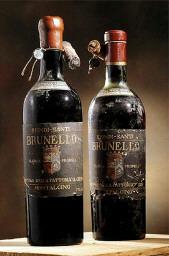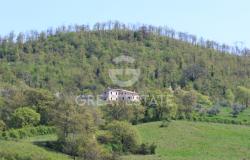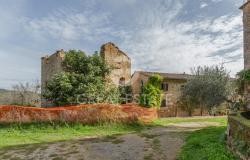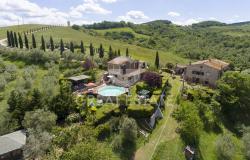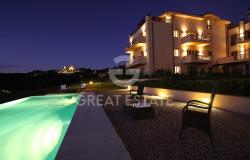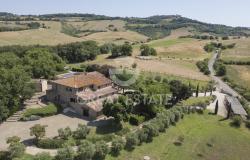An ongoing probe into allegations that norms regulating the authenticity of certified Brunello di Montalcino wine had been violated is aimed at safeguarding the product and the area where it is produced, according to the head of the Brunello consortium.
''It is important to understand that the vineyards in Montalcino are the most certified and inspected in all Italy and this is a guarantee of quality and excellence,'' Francesco Marone Cinzano added.
During this probe, Marone Cinzano said, ''it is essential that only correct information is made public in order to protect the image of one of Italy's most prized exports''.
Judicial officials in Siena recently confirmed that there was no evidence that grapes grown in the southeast region of Puglia had been blended with those from Montalcino to make the superstar Tuscan wine.
Since 2004, the Brunello di Montalcino Consortium has been entrusted by the agriculture ministry with the task of verifying the wine's authenticity.
Over the past three years the consortium has carried out checks on more than 1,667 hectares of vineyard land and only 1% did not to meet the norms necessary for certification.
Brunello di Montalcino is perhaps Italy's finest wine and certainly among the best in the world.
The area where it is produced near Siena is the most expensive in Italy and the world for vineyard land, which currently sells from a minimum of 350,000 euros a hectare to as much as half a million euros.
There are a total of 250 producers in the Brunello district and all but 50 bottle their own wine.
Makers of Brunello are very concerned over the authenticity of their wine and some have turned to cutting edge technology to protect their product.
In 2002, the Ciacci Piccolomini d'Aragona vineyard, which produces some 40,000 bottles of Brunello a year, introduced a wine label which had a special microchip on it, containing information on the wine's origin and quality.
Three years later several Brunello producers took the so-called 'talking label' a step further and had the microchip programmed to offer potential consumers spoken information on the wine's vintage, its history, the method of production used, the area where the grapes were grown and can even suggest the best ways to fully appreciate the wine.
The label can be heard through a small reader, similar in size to a walkman CD player.
In 2006, Ciacci Piccolomini d'Aragona vineyard became the first consortium member to have a special hologram impressed in the wine cap.
The hologram system is the same used by the European Central Bank to thwart the counterfeiting of euro notes.
Exports of Brunello di Montalcino were stable last year and the United States continued to buy up 25% of production despite a weak dollar.
In 2006, Brunello di Montalcino Tenuta Nuova 2001 Casanova di Neri topped the list of the world's ten best wines drawn up by the prestigious American trade magazine Wine Spectator.
